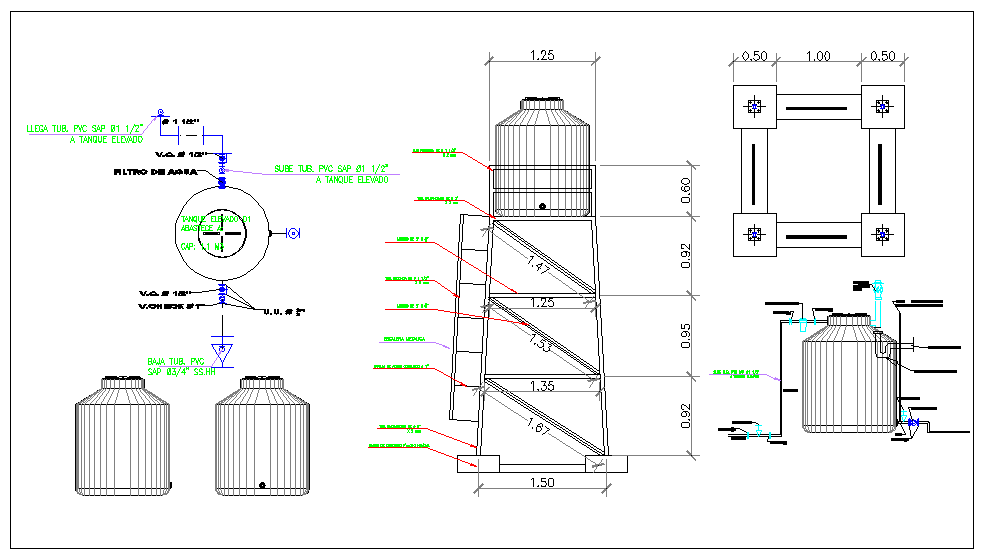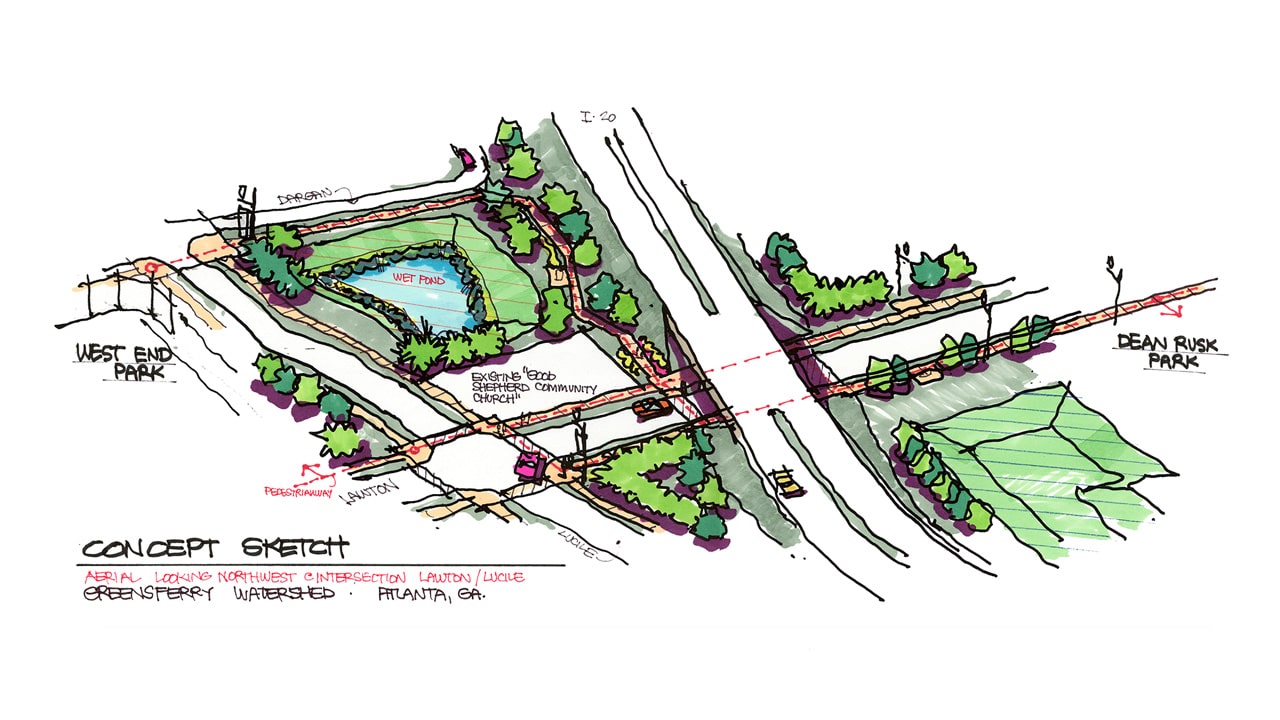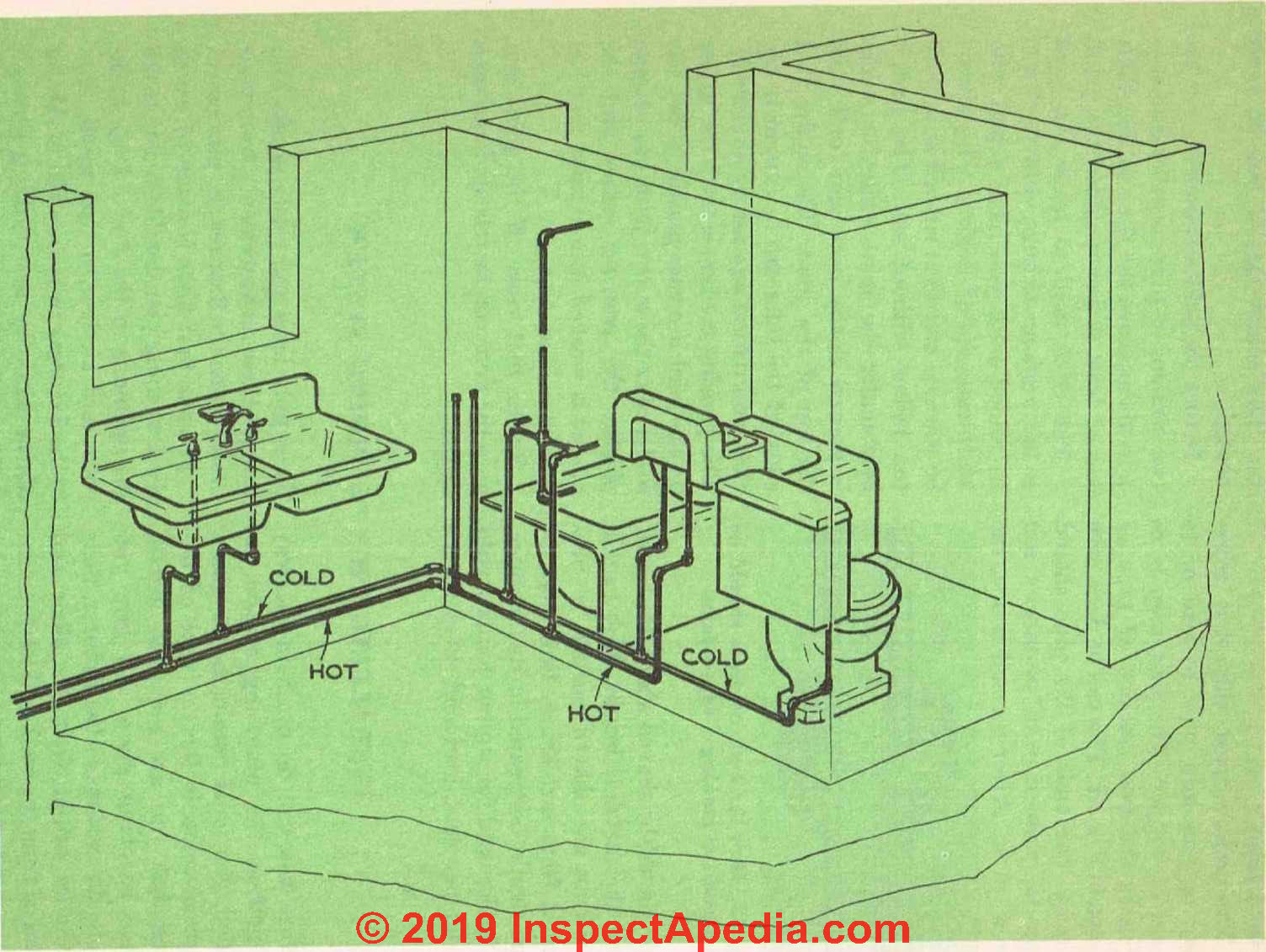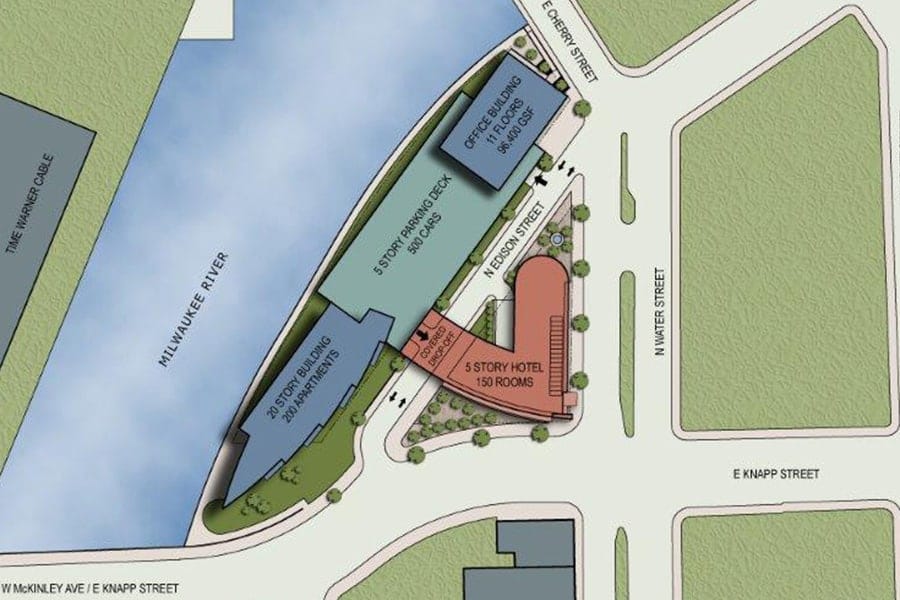
Stormwater Management Plans and Details CLOSE CONSULTANTS
A site plan or a plot plan is a type of drawing used by architects, landscape architects, urban planners, and engineers which shows existing and proposed conditions for a given area, typically a parcel of land which is to be modified.

APPENDIX B WATER MANAGEMENT PLAN Affordable Housing
Prepare the right equipment and dewatering technique necessary - which will be based on the site being worked on, as well as the volume of water which needs to be pumped. Assess potential opportunities for re-use. Select discharge locations. Understand and survey the water table conditions in the area. Plan and choose the best location for.

Fallingwater Site Plan and Floor Plans
The steps involved in developing a Stormwater Site Plan are listed below. Site Analysis: Collect and Analyze Information on Existing Conditions Prepare Preliminary Development Layout Perform Off-site Analysis (at local government's option) Determine Applicable Minimum Requirements Prepare a Permanent Stormwater Control Plan

Water Free FullText Integrating Decentralized Rainwater Management in Urban Planning and
AUSTIN WATER SITE PLAN INFORMATION AND SUBMITTAL REQUIREMENTS CHECK LIST EFFECTIVE August 30, 2022 Below are the items, which do not meet minimum requirements for site plans to pass the Land Use Review completeness check process.

Gallery of Over Water / Design 29
Prepare your stormwater site plan using the requirements outlined in the 2017 Surface Water Engineering Standards (SWES), Section D2 - D6. For assistance in submitting your site plan online, refer to Electronic Plan Requirements and Electronic Review Efficiency. For questions regarding your submittal, contact the Utilities Review desk.

Drainage And Water supply layout Cadbull
Site Plan Requirements If you are a developer, builder, architect, engineer, or homeowner and are planning a new construction project or renovation involving BWSC's water, sewer, or storm drain systems, you will need to familiarize yourself with the site plan approval process. Basically, it is a two-step process.

Gallery of In Progress Water Circle / UnSangDong Architects 2
The Combined Stormwater Site Plan and Stormwater Pollution Prevention Plan Short Form Template can be used for smaller projects that are only required to compl y with Minimum Requirements #1-5 (and #9 as applicable). Alternatively, the Long Form Templates shall be used.

Elevated water tank detail water structure view dwg file Cadbull
The site characterization plan is adapted from a generic site characterization plan, which should be developed as part of a utility's planning and preparation for responding to a water quality incident. The plan has four key objectives: 1.

water plan Google Search
3.2.1 The Steps to Developing a Stormwater Site Plan. Four basic steps should be followed during the preparation of a stormwater site plan. Step 1 - Collect and Analyze Information on Existing Conditions Step 2 - Determine Applicable Core Elements Step 3 - Prepare a Permanent Stormwater Control Plan Step 4 - Prepare a Construction.

STORMWATER MANAGEMENT PLAN Blairremy
A site plan (also called a plot plan) is a drawing that shows the layout of a property or "site". A site plan often includes the location of buildings as well as outdoor features such as driveways and walkways. In addition, site plans often show landscaped areas, gardens, swimming pools or water, trees, terraces, and more.

Ground floor plan detail elevation layout of a water treatment building dwg file Cadbull
A site plan illustrates not only lot lines, boundaries, and structures, but also septic tanks, wells, drain fields, adjacent right-of-ways, private roads and easements, and their setbacks, among other things. It also maps any Native Growth Protection Areas, water bodies, or steep slopes on the property. Most jurisdictions require a detailed.

Plumbing System Layout Plan
The steps involved in developing a Stormwater Site Plan are listed below. Step 1 - Analyze Existing Site Conditions to Determine LID Feasibility Step 2 - Prepare the Preliminary Development Layout Step 3 - Perform an Off-Site Analysis Step 4 - Determine and Read the Applicable Minimum Requirements

Galería de Planta de Depuración de Agua / AWP 18
Historically, the goal of stormwater planning has been to prevent localized flooding by moving large amounts of water off-site as quickly as possible. This traditional approach can lead to downstream effects related to water quantity and quality. Stormwater that flows directly into storm drains cannot soak into soil and recharge aquifers.

Water Park Floor Plan floorplans.click
Site plans are used in the design and planning process for a variety of purposes, including to illustrate the layout and orientation of the building or development on the site, to show the relationship of the building to its surroundings, and to identify any potential site constraints or challenges that may need to be addressed in the design.

McKinley and Water Plunkett Raysich Architects, LLP
Here are the 11 things a good site plan must include: Directions, notes, and abbreviations, as well as project data and a vicinity map. Property lines: Property lines are called out around the exterior of the lot. Setbacks: These are the spaces between a building and its property line. Existing and proposed conditions: Fence lines, utility and.

Water System Layout Grasstec Group Agriservices
Include Site Waste Control on Your Plan. Be sure to detail the types of waste at your site such as; concrete truck washout, construction debris, discarded building materials, litter, and sanitary waste. Ensure site waste is located away from all water sources and catch basin inlets. Describe how site waste will be controlled and disposed. 10.